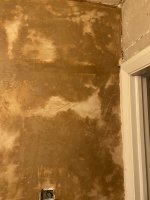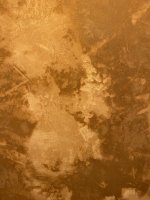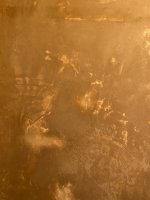Hi all,
I’ve got a wall in my house that I’m using as a practice wall, before deciding whether to go DIY or wait 3 months for a pro. The wall in question is getting taken back to brick and boarded, so making a b*ll***s of it, which I have just done, isn’t anything to concerning.
I’ve skimmed it today, some of it is ok, other bits are a disaster thanks to over mixing the first coat, with the 2nd coat just pulling bits of it off. Do I need to wait for the plaster to fully dry before re-applying PVA and attempting again ? Or should I prep with something else ?
I’ve got a wall in my house that I’m using as a practice wall, before deciding whether to go DIY or wait 3 months for a pro. The wall in question is getting taken back to brick and boarded, so making a b*ll***s of it, which I have just done, isn’t anything to concerning.
I’ve skimmed it today, some of it is ok, other bits are a disaster thanks to over mixing the first coat, with the 2nd coat just pulling bits of it off. Do I need to wait for the plaster to fully dry before re-applying PVA and attempting again ? Or should I prep with something else ?




